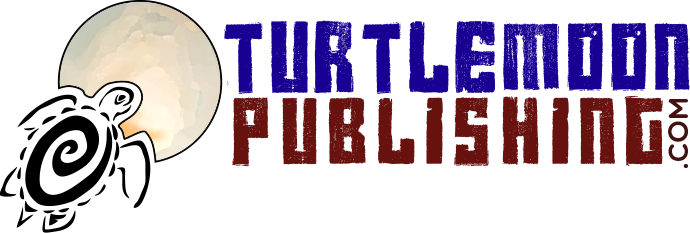How would I meet people and make friends in my Lake City neighborhood? Thirty-two thousand people living within four square miles was daunting.
I happened upon the Lake City Branch of the Seattle Public Library within walking distance of my apartment. Oh, happy day! Books have always been my friends and here were rooms full of them, free and abundant. The word imprinted on my library card, “Imagination,” tells the story of my life.
Seattle, recognized as one of America’s most literate cities, is a book lover’s paradise. Browsing the library stacks that afternoon, I found work by Vickie Sears, a Cherokee/Spanish/English/Lesbian/Seattle poet, who personified for me the treasure of diversity within this brilliant city.
The native peoples who lived in the Pacific Northwest along the Salish Sea had been storytellers for centuries. Newcomers from all parts of the world brought their own stories to the region. Today, a writer working in any language can find acceptance, in thriving independent bookstores, generously funded public libraries, literary arts nonprofits and writing programs serving diverse communities.
Seattle was designated a UNESCO City of Literature in 2017, one of twenty-eight cities representing twenty-three countries on six continents, establishing itself as a place in the world that values the power of words to capture the imagination and present multiple points of view.
Seattle Reads, a “one book, one city” program encouraging people to read and discuss the same book, introduced me to Thi Bui, Vietnamese author of The Best We Could Do, a graphic art memoir of her family’s escape in 1978 as “boat people” refugees after the American War, as it is known in Southeast Asia.
The Comic Art format of The Best We Could Do seamlessly united art with story and was a genre I had not experienced. At the library I read more: Maus, by Art Spiegelman, in which the author interviewed his father about his experiences as a Polish Jew and Holocaust survivor, depicting the characters having animal heads, the Jews as mice, German Nazis as cats and the Poles as pigs; and, Persepolis, by Marjane Satrapi, the story of a ten-year-old girl “resisting the veil” as she grows up in Tehran during the Iranian Revolution.
Riding city transit one rainy day, I was intrigued by a poster introducing yet more evidence of Seattle literacy, “Poetry on Buses.” Writers of all ages, professionals and kindergarteners alike, had been asked to submit their work on the theme, “Your Body of Water.” The work selected was displayed in King County bus shelters across Seattle in multiple languages: Amharic of Ethiopia, Chinese, English, Russian, Lushootseed and Tlingit of the Pacific Northwest, Punjabi of India and Pakistan, Spanish and Vietnamese.
Embraced by books, poetry flowing through culture, place and memory, the movement of water. Welcome to Seattle.
© Janis Monaco Clark

Recent Comments